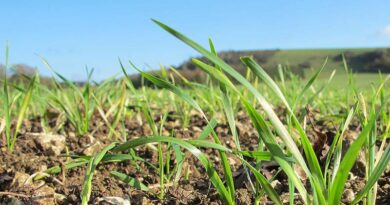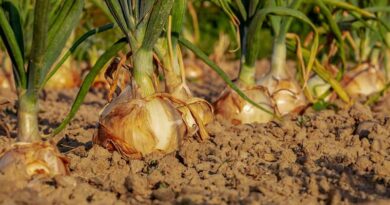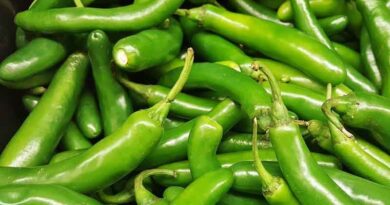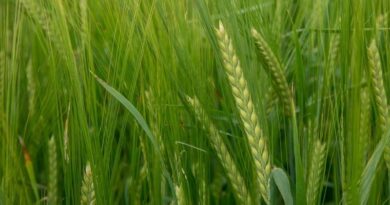China’s Heilongjiang to expand non-GMO soybean planting area, to increase production by 1.3 MT
21 March 2022, China: The General Office of China’s Heilongjiang Provincial Government recently issued the 2022 Heilongjiang Soybean Planting Expansion Work Plan.
The plan requests an increase in soybean production capacity and an increase of unit yield so that the province’s soybean planting area will reach 68.5 million mu (1 mu = 1/15 hectare). This will be an increase of more than 10 million mu over 2021, and achieve a total output of 8.5 million tons, which will be an increase of more than 1.3 million tons over 2021.
With the continuous release of supportive policies, coupled with the price rise of non-GMO soybeans in the northeast China region and the need for crop rotation of food crops, farmers’ willingness and enthusiasm for soybean planting has much increased.
Heilongjiang Province is China’s largest production and supply base of high-quality non-GMO soybeans. Throughout the year its soybean planting area accounts for more than 40% of the country, with merchantable rate of above 80%.
Heilongjiang Province has a vast area of fertile black soil, where the total grain production ranks first in China. In 2021, its planting area reached more than 230 million mu, where the first and second accumulated temperature zones mainly grow corn and rice. The third and fourth accumulated temperature zones mainly grow corn, rice and soybean. Soybean and corn are mainly planted in the fifth and sixth accumulated temperature zones due to lower accumulated temperature. The province has large cultivated land, where rice and soybean crop rotation are very effective.
In recent years, soybean production has also declined due to the low yield, low efficiency and decline in competitiveness of non-GMO soybeans produced in China. This has resulted in a widening gap between production and demand. Hence, soybean importation has been increasing year by year. However, it is worth noting that the amount of soybean import into China has been quite high in recent years.
Data released by the Chinese Customs authority show that since 2016 the annual soybean import has exceeded 80 million tons. In 2020, it reached 100.33 million tons, which was higher than the imports in 2021, at 96.52 million tons.
Li Guoxiang, a researcher at the Institute of Rural Development of the Chinese Academy of Social Sciences, said, “In general, China’s annual soybean import accounts for more than 80% of consumptions in China, revealing a high degree of dependence on import. The Central Government Document No. 1 this year requests an expansion in soybean planting, which will contribute to an increase in its supply in the domestic market, reduce dependence on imports and improve self-sufficiency.”
Some experts, government department leaders, entrepreneurs and farmers believe that the expansion in the planting area of high-quality non-GMO soybean and revitalization of the Chinese soybean industry requires policy support, financing support, application of improved seeds, improved planting practices and stabilization of soybean prices and regulation of soybean market. Long-term measures are required to support the development of Chinese soybean industry in high capacity and quality.















